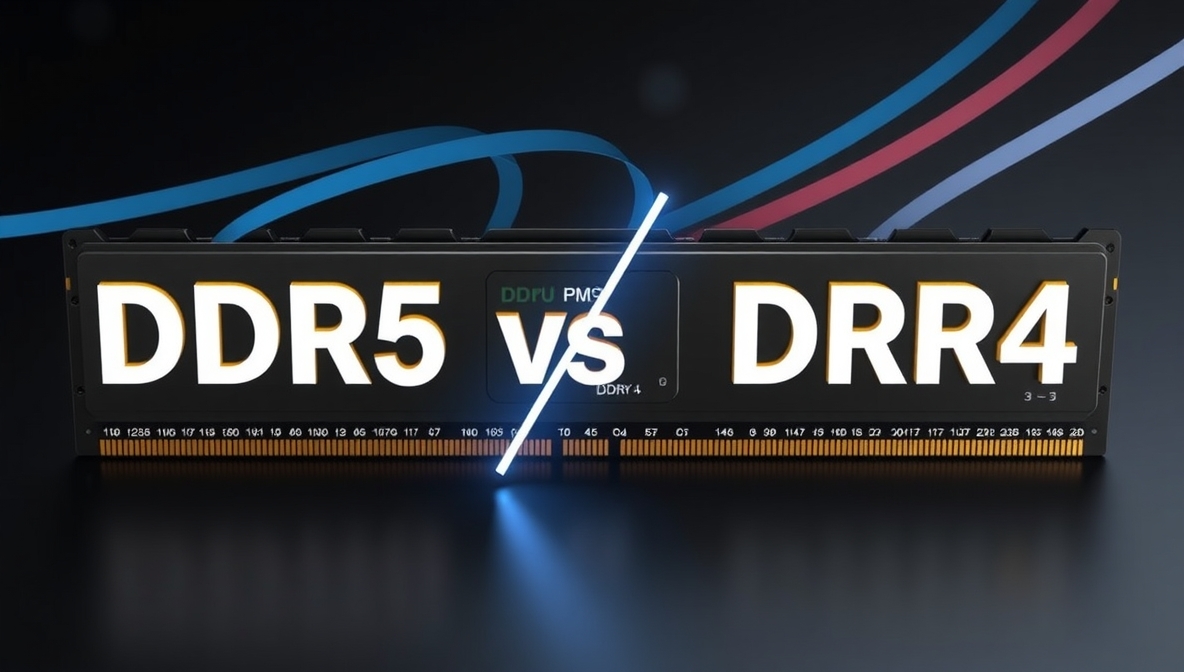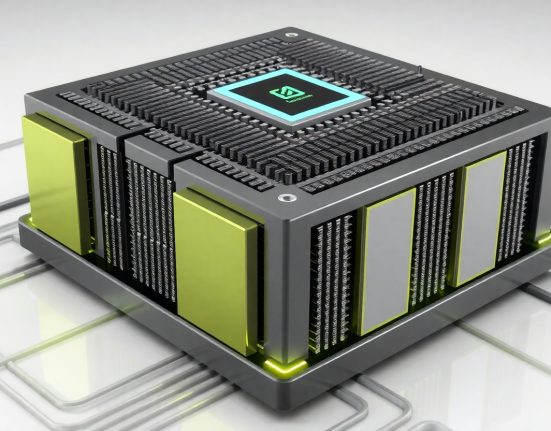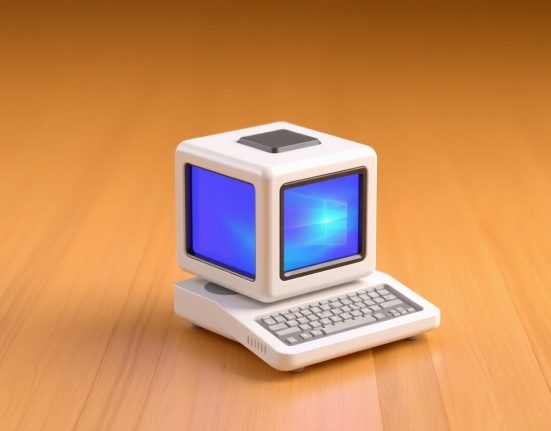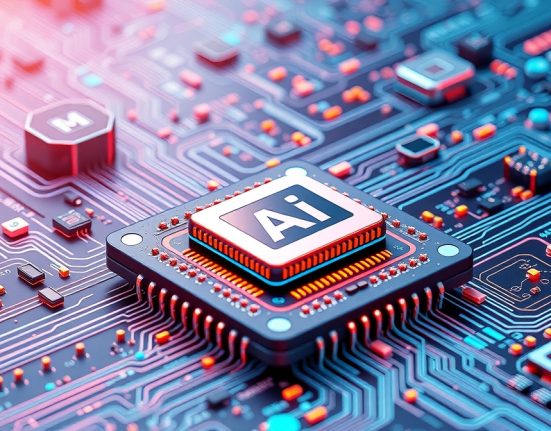Faster memory has arrived on the market, but is the difference actually noticeable in real-world usage? In recent years, DDR5 memory has become the new standard in advanced computers, but many wonder whether upgrading from DDR4 justifies the additional cost. In this article, we’ll examine the real performance differences between these two memory types and help you decide if upgrading is worth it.
What Actually Changed Between DDR4 and DDR5?
The fifth generation of DDR memory comes with significant technical improvements. First, the base clock speeds have increased dramatically – while DDR4 memory typically comes in speeds from 2133MHz to 3200MHz (with faster models in the overclocking market), DDR5 memory starts at 4800MHz and can currently reach up to 8400MHz and beyond. Beyond clock speed, DDR5 offers higher bandwidth with dual memory channels in each module, enabling more efficient data transfer.
Another major change is the transfer of power management circuits (PMIC) from the motherboard directly to the memory modules. Operating voltage has also decreased from 1.2V in DDR4 to 1.1V in DDR5, leading to lower power consumption and less heat. Additionally, improved error correction technology (ECC) has been integrated at the chip level, ensuring greater stability even at the high speeds that DDR5 offers.
Real-World Performance: Can You Actually Feel the Difference?
Despite the impressive specifications on paper, the real question is how noticeable the difference is in daily use. Performance tests reveal a complex picture. In regular tasks such as web browsing, working with documents, or even light gaming, the difference between DDR4 and DDR5 is barely noticeable. Most popular applications don’t utilize the additional speed and are limited by other factors such as processor or graphics card speed.
However, in more demanding scenarios like 4K video editing, compressing large files, virtualization, or gaming at high resolutions and settings – the difference begins to be felt. Performance tests show a 5-15% improvement in these tasks, with the greatest improvement observed in applications that require transferring large amounts of data. Particularly demanding games may show an addition of 10-20 frames per second compared to an identical system equipped with DDR4, but this heavily depends on the specific game and the overall system configuration.
It’s worth noting that often, the fastest DDR5 doesn’t necessarily provide the best performance relative to cost. In many cases, high-speed DDR4 memory (such as 3600MHz) with low latency may offer performance similar to basic DDR5 memory, at a significantly lower price.
Should You Upgrade? It Depends on Your Use Case
The decision to upgrade to DDR5 should be based on your personal requirements and available budget. If you’re building a completely new computer with an up-to-date platform like Intel 12th generation or higher, or AMD Ryzen 7000, it makes sense to choose DDR5 to ensure future-proofing. DDR5 prices have dropped significantly since its launch but are still about 30-50% higher than comparable DDR4 modules.
On the other hand, if you’re upgrading an existing system that only supports DDR4, upgrading the processor, motherboard, and memory together to switch to DDR5 probably won’t be cost-effective. Investing in a more powerful graphics card or faster SSD might bring a more significant improvement in overall performance.
Remember also that DDR5 technology is still evolving, and over time we’ll see modules with higher speeds and lower latency. If you don’t need maximum performance right now, it might be better to wait until the technology matures further and prices drop.
Conclusion – The Truth About the Generation Gap
The gap between DDR4 and DDR5 is real, but not as revolutionary as we might have expected. For regular users, the performance advantage is limited and difficult to justify the additional cost. For professional users and demanding gamers, the improvement is more noticeable, but even here it’s not dramatic. As applications become better adapted to utilize the advantages of DDR5, we’ll see more significant performance improvements.
Ultimately, the decision to switch to DDR5 should be based on your specific needs, budget, and long-term goals. If you’re building a new system intended to serve you for many years, DDR5 offers future-proofing. If you’re looking for the best value for money right now, DDR4 still offers excellent value and will remain relevant for several more years. Remember that memory speed is just one component in a complex system, and often other factors such as processor quality, graphics card, or SSD storage might have a greater impact on the overall experience than the type of memory.














